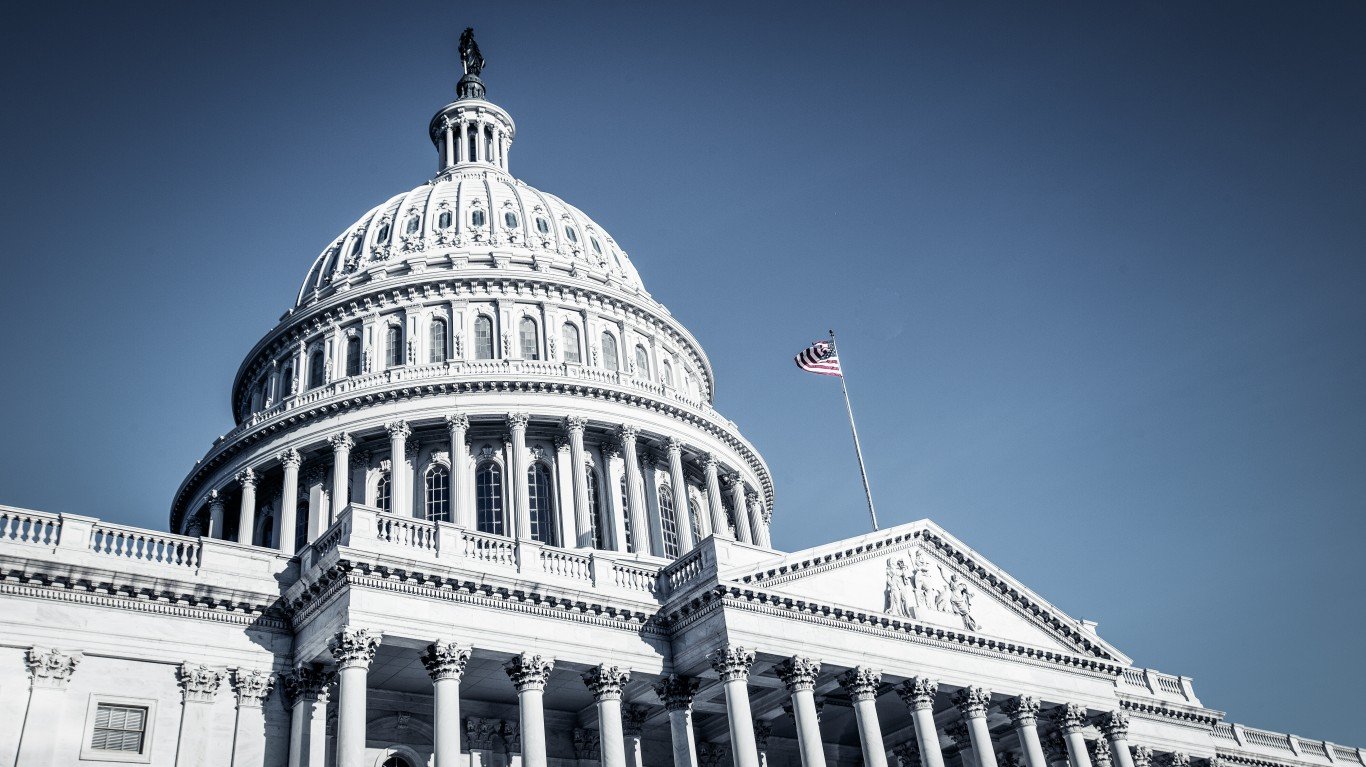

Every 10 years, the decennial census is used to assign each state its number of seats in the U.S. House of Representatives. The 2020 Census is completed, and state population figures have been reported. The process known as congressional reapportionment has begun. Because the growth of the population has been uneven, some states will gain congressional districts and others will lose them.
Brookings has published its estimate of congressional district reapportionment. States that lost substantial population were among those likely to lose seats. Those states where the population has grown most by raw count almost will certainly gain seats. The author of the study, William H. Frey, Senior Fellow — Metropolitan Policy Program at Brookings, wrote: “The constitutionally mandated purpose for taking the decennial census is to apportion members of the U.S. House of Representatives across states based on population.”
Frey says he can use new state-level data to make his forecast of which states will be winners and losers.
On the winning side, Texas should gain three seats. 24/7 Wall St. looked at the population gain by state from 2010 to 2020. The population in the state was 25,241,897 on July 1, 2010, and was 29,360,759 on July 1, 2020. That is a gain of 4,118,862, which also makes Texas the second-fastest-growing state for the period, with a gain of 16.3%.
Florida is forecast to pick up two seats in Congress. It had a population of 18,648,143 in 2010, which rose to 21,734,312, an increase of 3,086,169. That also made it the sixth fastest-growing state over the period at a rate of 15.3%.
Five states are forecast to gain one congressional seat each: Arizona, Colorado, Montana, North Carolina and Oregon.
Arizona had a population of 6,407,342 in 2010. That has climbed to 7,421,401, up 15.8%, or 1,014,059. Colorado’s population in 2010 was 5,047,539. This year, it reached 5,807,719, up by 760,180, or 15.1%. Montana’s 2010 population was 990,730 in 2010. It has climbed to 1,080,577, a gain of 89,847, or 9.1%.
North Carolina’s population in 2010 was 9,574,586. It has risen 10.7% to 10,600,832, or up by 1,026,246. Oregon’s population was 3,837,614 a decade ago and is now 4,241,507. That is a 10.5%, or 403,893, increase.
Ten states are forecast to lose one congressional seat each. These are Alabama, California, Illinois, Michigan, Minnesota, New York, Ohio, Pennsylvania, West Virginia and Rhode Island.
New York, Illinois and West Virginia were among the few states that lost population from 2010 to 2020. West Virginia dropped from 1,854,265 to 1,784,787. In Illinois, it decreased from 12,840,545 to 12,587,530. New York’s went from 19,399,956 to 19,336,776.
The other states likely to lose seats had among the smallest growth figures. Alabama’s population in 2010 was 4,785,514. It reached 4,921,532 this year. California, for years one of the fastest-growing states, and still the largest by population, saw that growth slow. It had 37,319,550 residents 10 years ago. This year, that figure was 39,368,078.
Michigan’s population 10 years ago was 9,877,597. It has grown to 9,966,555. Over the same period, Minnesota’s rose from 5,310,934 to 5,657,342, Ohio’s rose to 11,693,217 from 11,539,449, Pennsylvania’s rose from 12,711,406 to 12,783,254 and Rhode Island’s rose from 1,053,994 to 1,057,125.
Now, a battle will begin in these states. Politicians will jockey to be representatives in the new districts. The more bitter battles likely will be when a seat is lost in a state. In each of these situations, one sitting Congressperson will lose a job, unless there is a resignation. How those districts are drawn geographically likely will influence the fates of these politicians in the next election.
Finally, revenue to the states from the federal government is at stake. As television station WWMT pointed out: “Still, the trends pointed to potential trouble for Michigan moving forward, because federal funding and congressional seats are divided based on population.”
Both those states that have gained and those that have lost will have to wait until the 2030 Census for another change.
Thank you for reading! Have some feedback for us?
Contact the 24/7 Wall St. editorial team.




